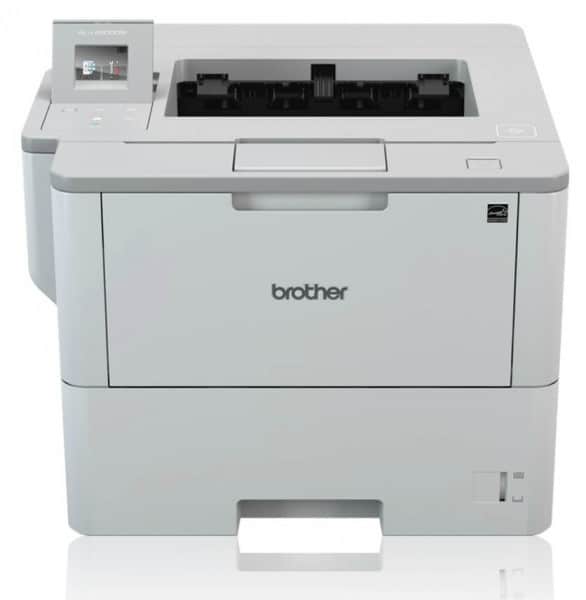

It made a color copy in just 15.1 seconds - far faster than the average of 25.5 seconds. Brother INKvestment MFC-J995DW review: Copy and scan speed It was, taking 6 minutes to print six pages. First, I was prompted to install the Brother Print Service plugin, after which the Adobe Acrobat app warned me that because the Brother print service may send the document through one or more print servers, printing may be slow. It took 6 minutes for our six-page text and graphics PDF document to print from the Adobe Acrobat app. It printed our five-page text document in 29.1 seconds, or 10.3 ppm, significantly faster than the category average. The MFC-J995DW did not disappoint on small office duties. This was, however, significantly slower than our current Editors' Choice, the Canon Pixma TS9120, which printed the same photo in just 1 minute and 57 seconds. Letter-size glossy photos printed in 4 minutes and 6 seconds, a little faster than the average of 4 minutes and 33 seconds. Using the duplexer to make two-sided prints, the unit printed text documents at 4 ppm. It printed our five-page text document in 29.1 seconds, or 10.3 ppm, significantly faster than the category average of 34.5 seconds, or 8.7 ppm.

Printing onto plain paper in its 150-sheet tray, the MFC-J995DW did not disappoint on small office duties. Brother INKvestment MFC-J995DW review: Print speeds When I did not fully insert glossy media, my photo print emerged on plain paper without warning, even though I'd selected glossy media in the Brother iPrint & Scan application running on a Windows 10 PC. After inserting a sheet, the touch screen displays a message saying the manual feed slot is ready. It can hold only one sheet at a time, which makes this model inconvenient for printing multiple photos onto glossy paper, or business documents onto card stock or other specialty media. The oddest design quirk, however, is the specialty media tray on the back of the unit.

The INKvestment cartridges that come in the box could last as long as a year, according to the company. The setup guide includes fax instructions, but no USB or Ethernet instructions (the word "Ethernet" does not even appear in the reference guide). Stranger still is that neither the Quick Setup Guide nor the reference guide show on a diagram where these ports are located. You will want to have a long cable because this serpentine route to the port eats up about 1.6 feet of cabling.

You have to lift the scanner glass to access them. One design oddity is that the USB and Ethernet ports, rather than being on the outside like the fax and telephone extension ports, are inside the body. You can connect via wireless, USB and Ethernet, as well as use near-field communication (NFC) for use with a mobile device.


 0 kommentar(er)
0 kommentar(er)
